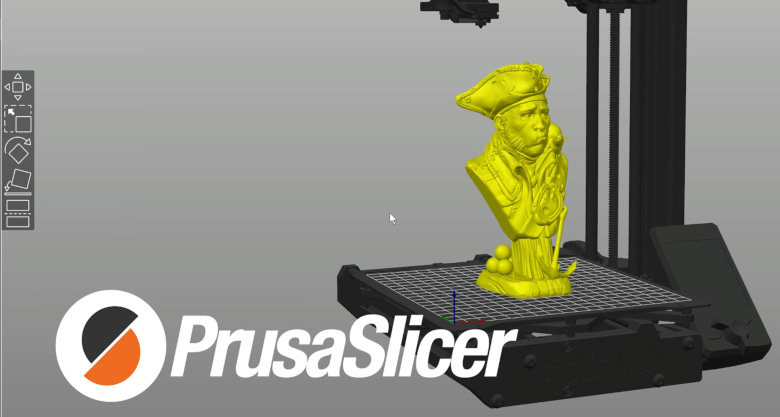

This distortion is mainly pronounced in the preview (in reality, the squish of the first layer will fill more area than shown) and only affects the first layer. The first layer seems deformed in the previewĪ side effect of the Adaptive elephant foot compensation is a possible distortion in spots where thin features connect to bigger parts of the model. If the brim doesn't connect to the part when printed, you likely have Elephant foot compensation set too high. Though it is true, that the brim will have a weaker connection to the model with the elephant foot compensation turned on. Version 2.0.0 Operating system type + version Win64 3D printer brand / version + firmware version (if known) Prusa i3 MK3 version 3.7. In reality, the gap will be filled in by the squished-out material. The elephant foot compensation compensates for the squish, which is not visualized in the preview. Brim doesn't connect to the model with Elephant foot compensation turned on If one filament needs a different setting, it has an option to overwrite these settings in the filament tab.
Prusa slicer z hop drivers#
Full Package (All Drivers & Apps) Windows. Enabling this setting creates a gap between the object and the nozzle before each travel move, preventing scratches and filament blobs from appearing on the model. There are all sorts of settings, length, speed, prime speed Z hop ect. An open-source, feature-rich, frequently updated tool that contains everything you need to export the perfect print files for your 3D printer. Z Hop, known as Z Hop When Retracted in Cura, is a setting that moves the build plate down or moves the printhead up after a retraction, depending on the printer. Official Prusa profiles have this setting turned on by default. ago You set the retraction settings under the printer tab.


 0 kommentar(er)
0 kommentar(er)
